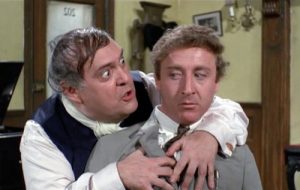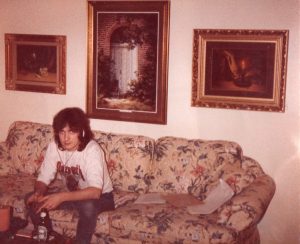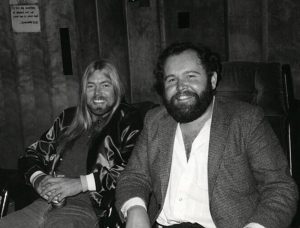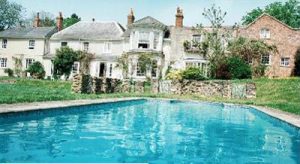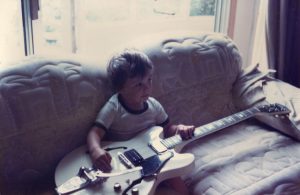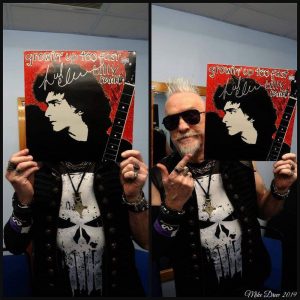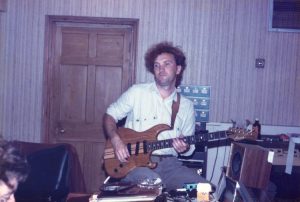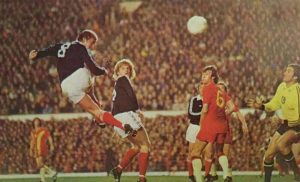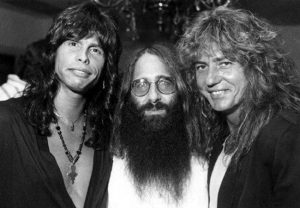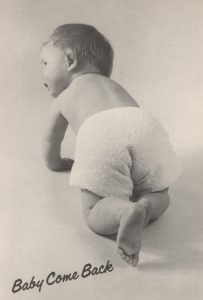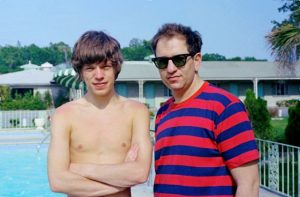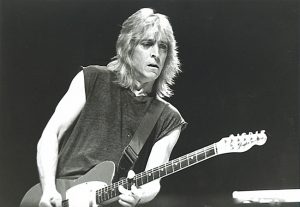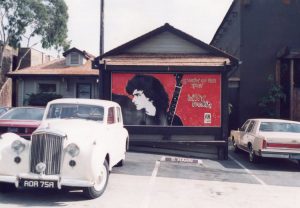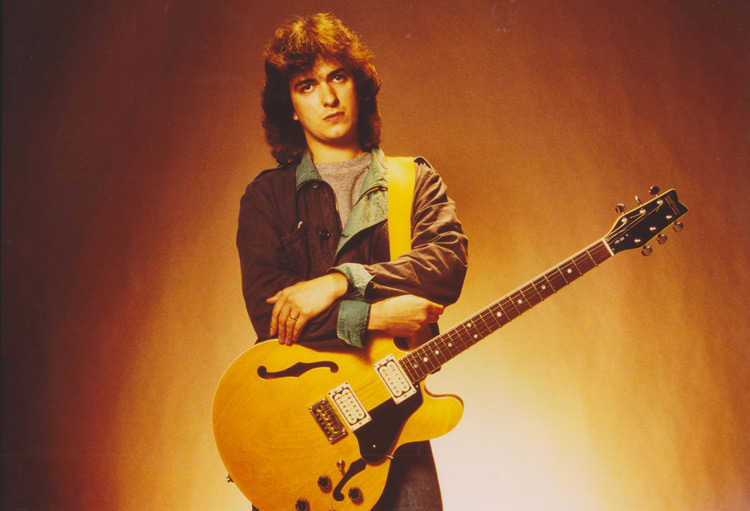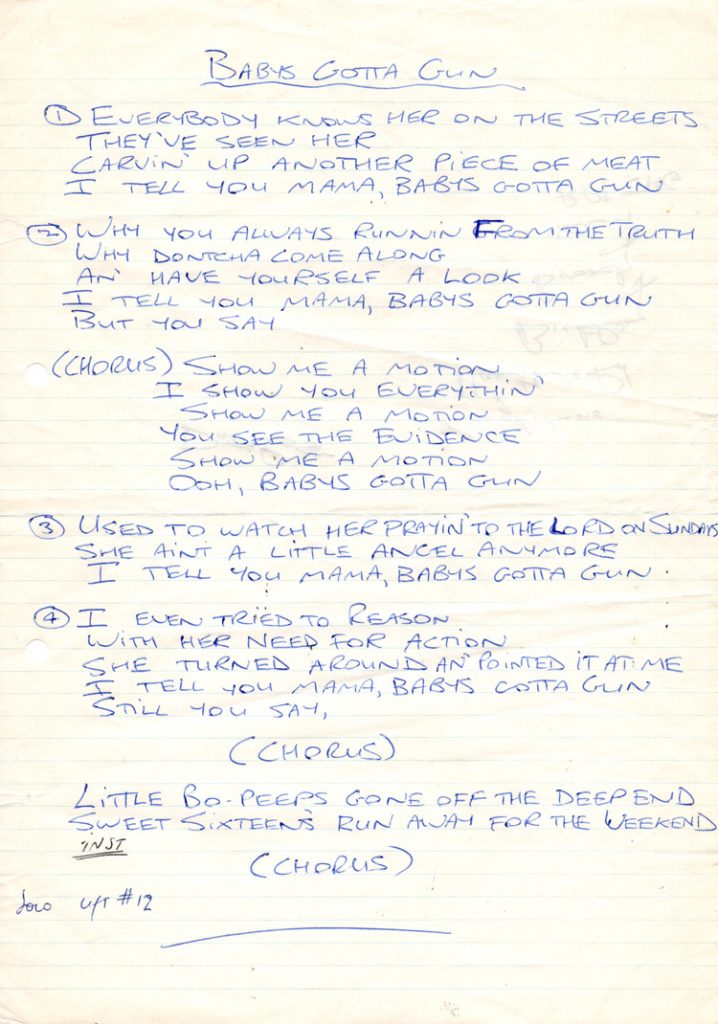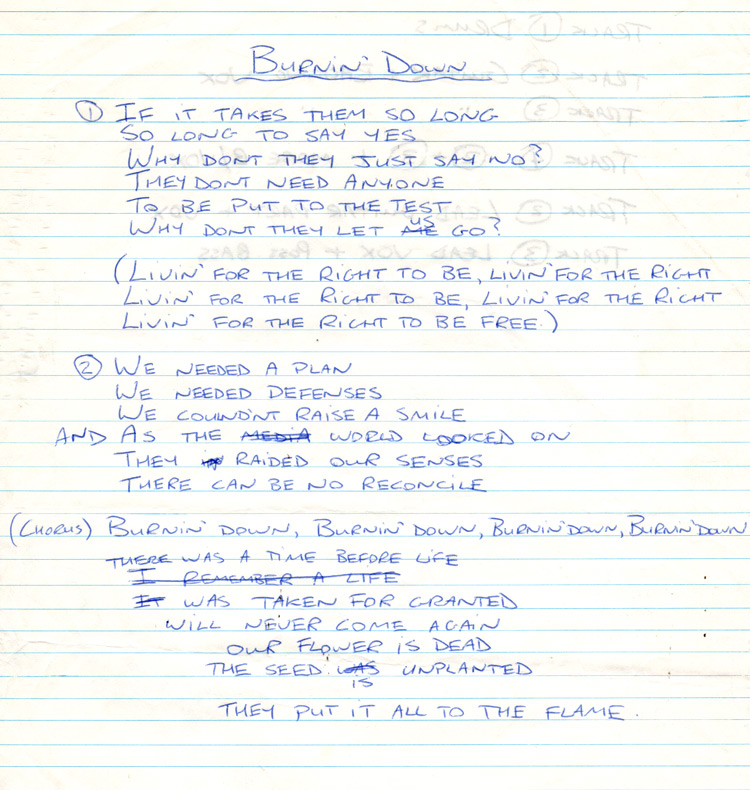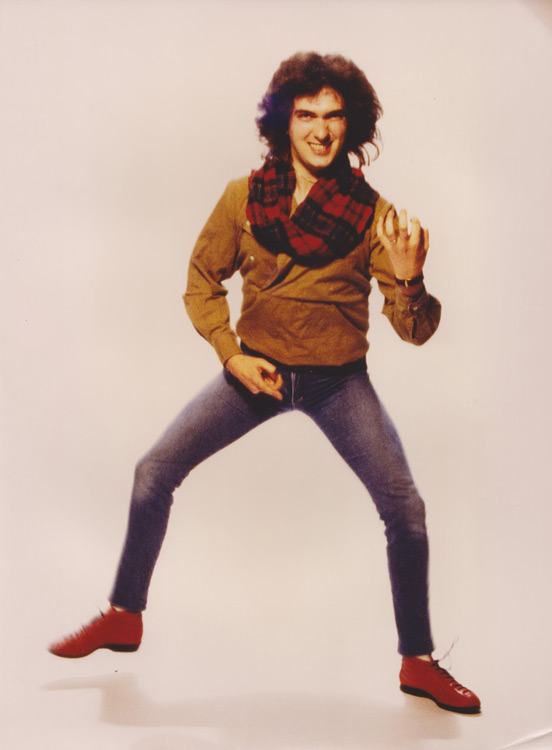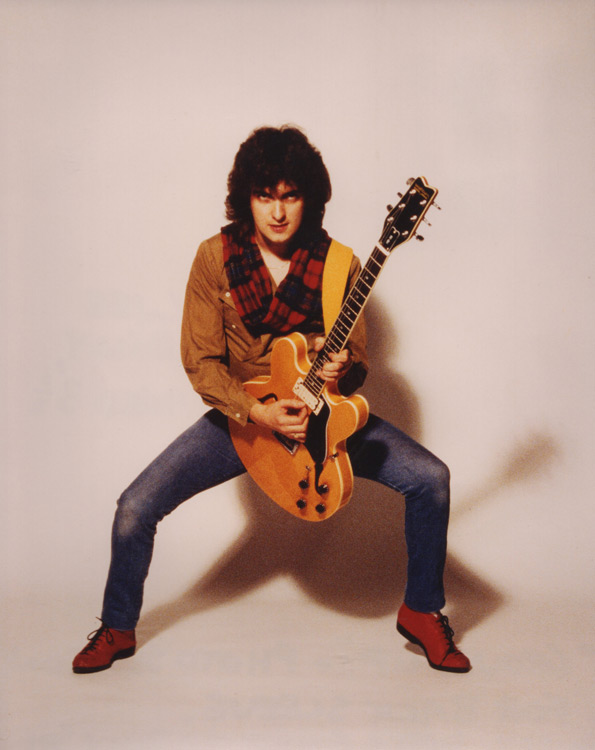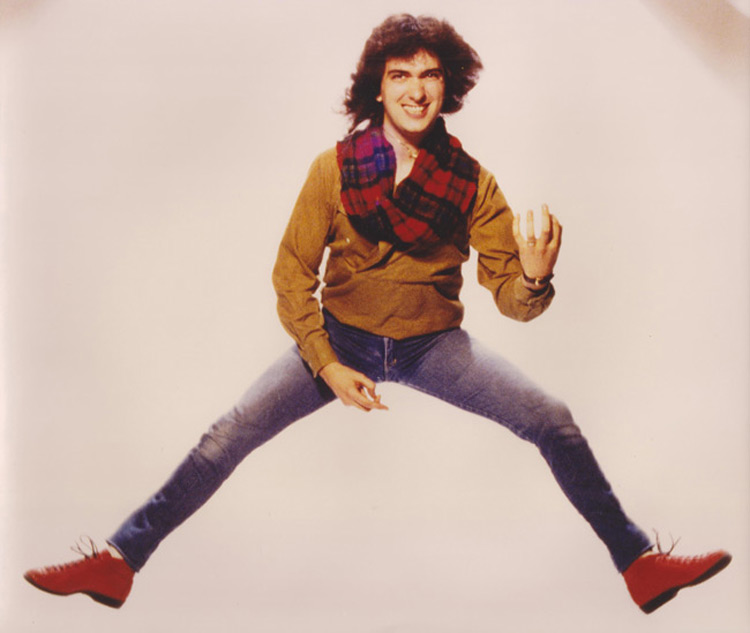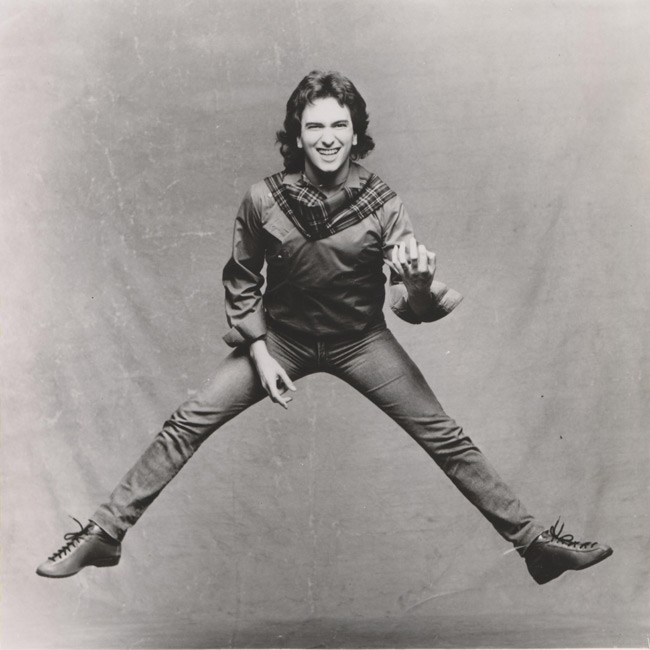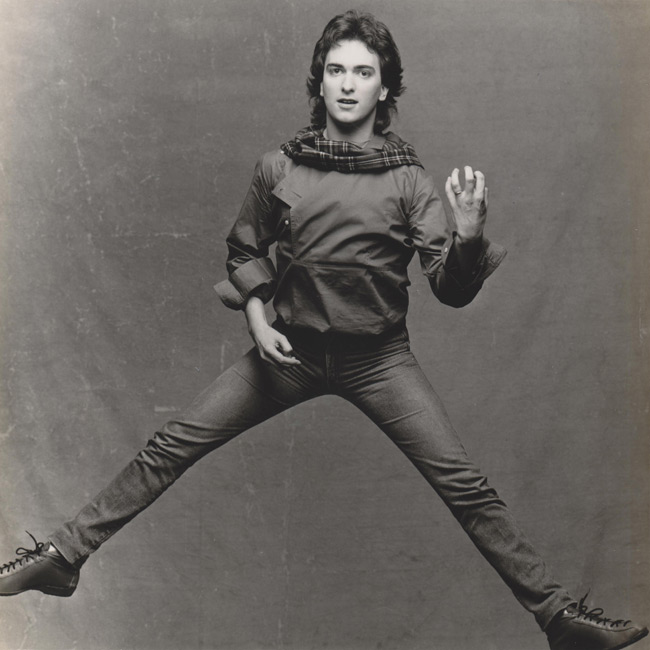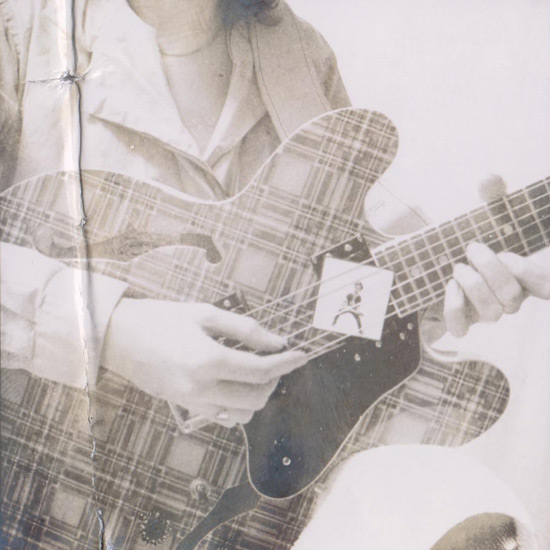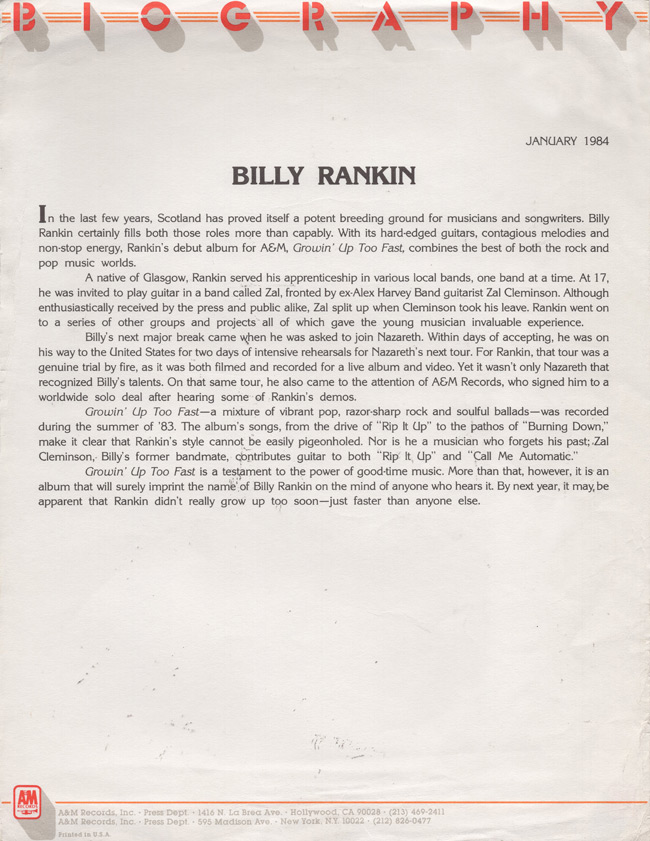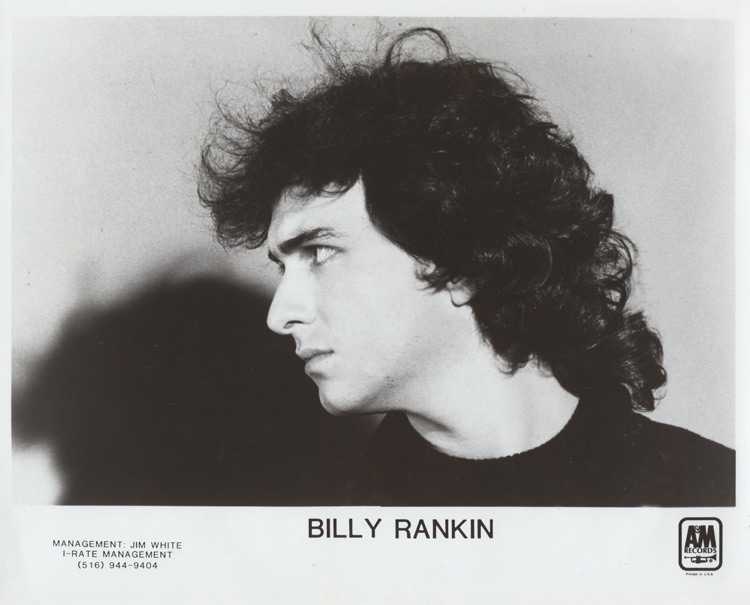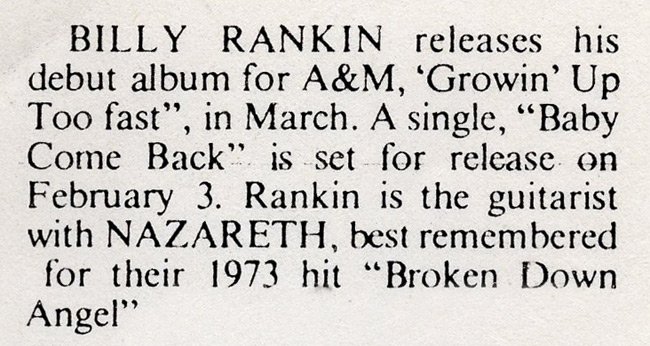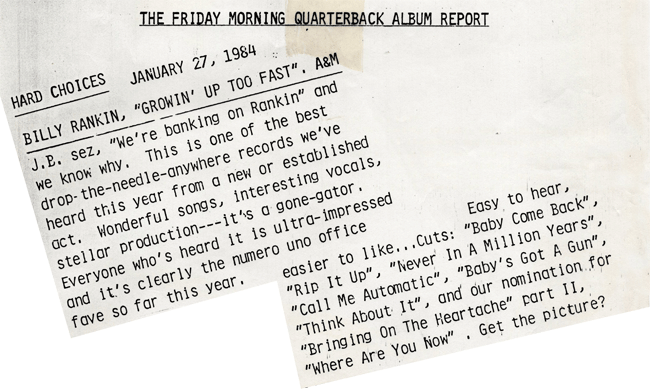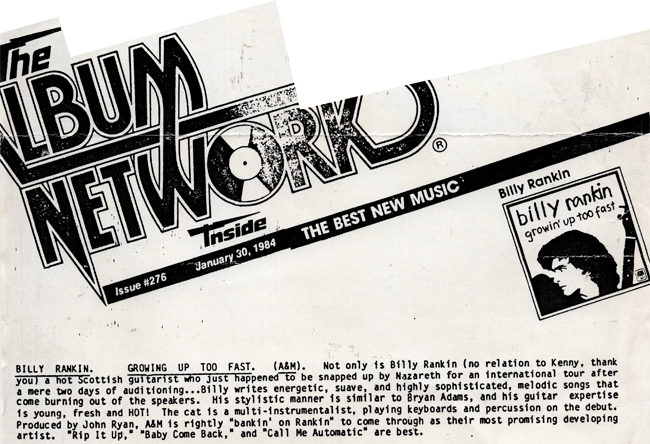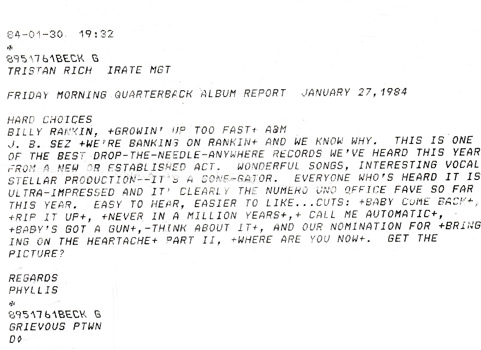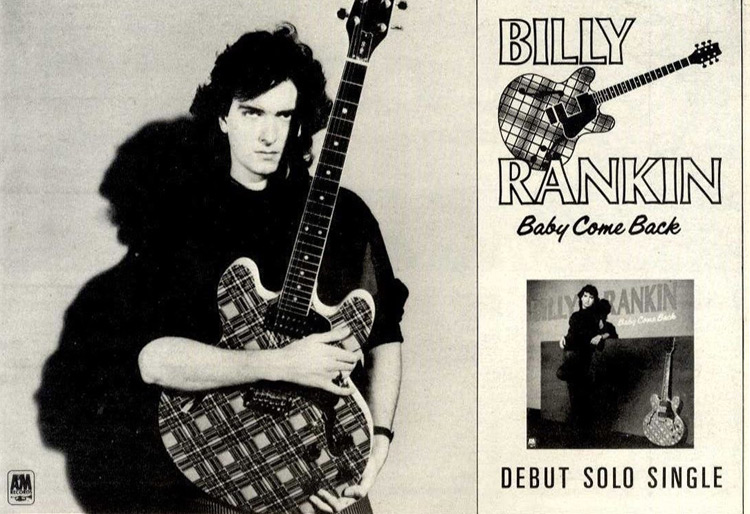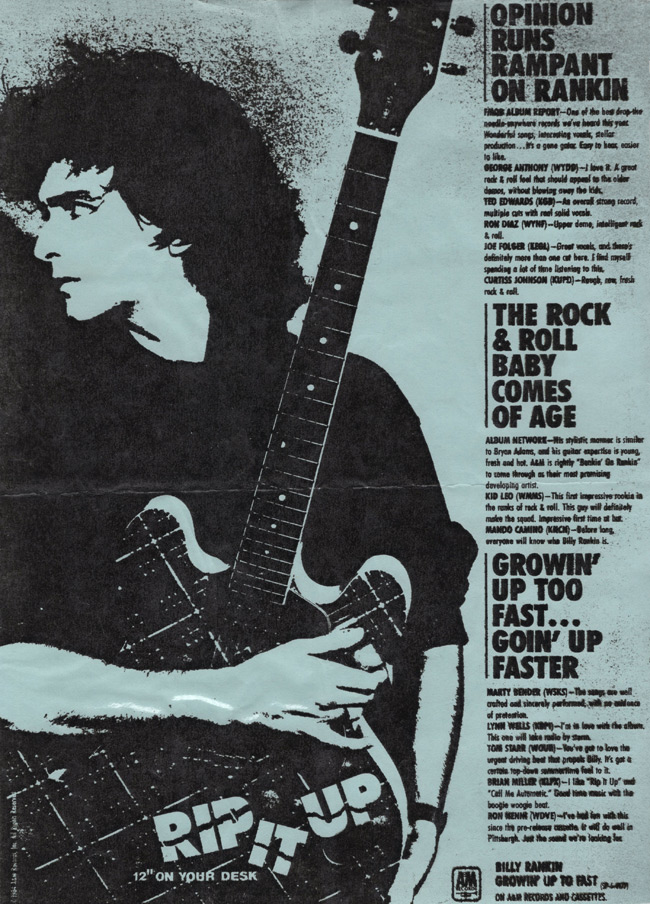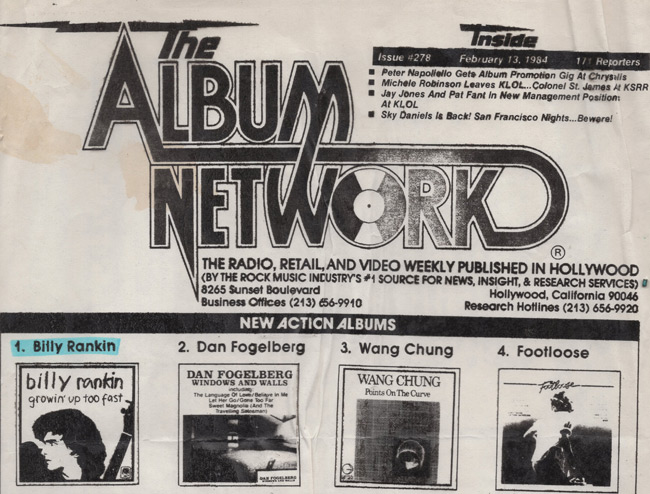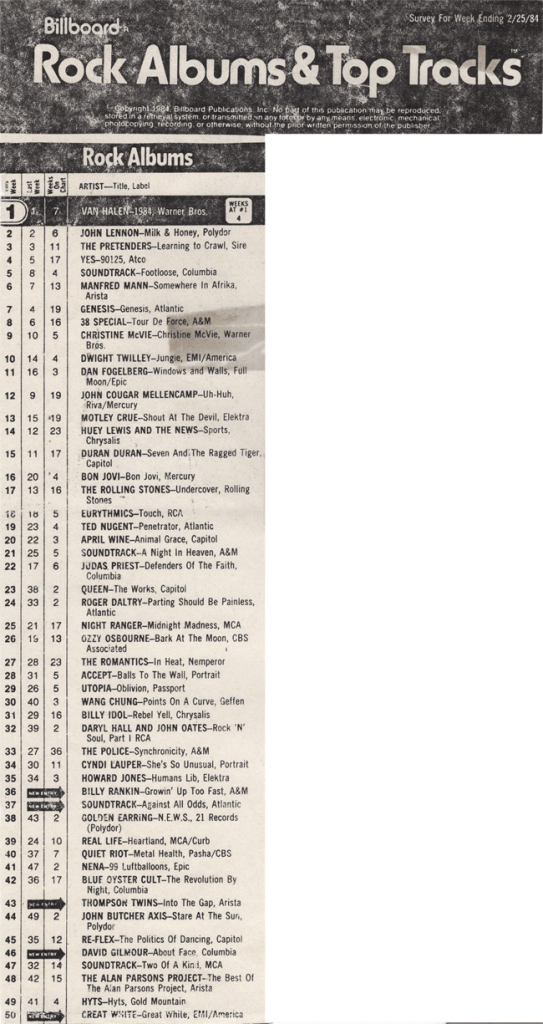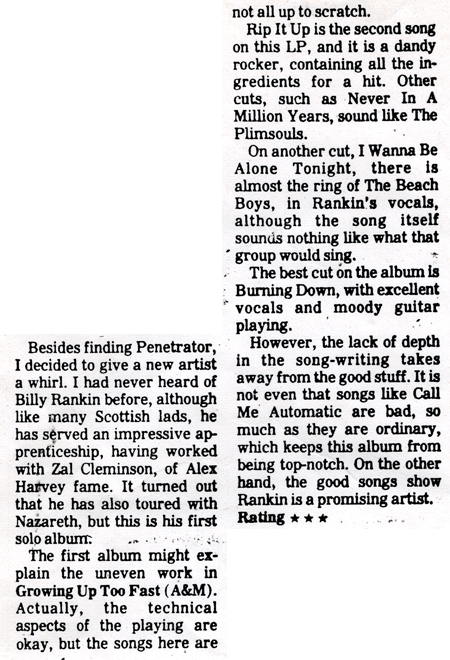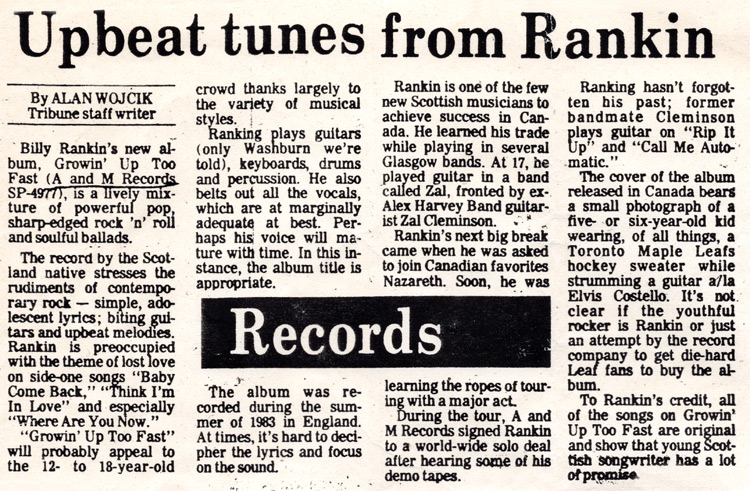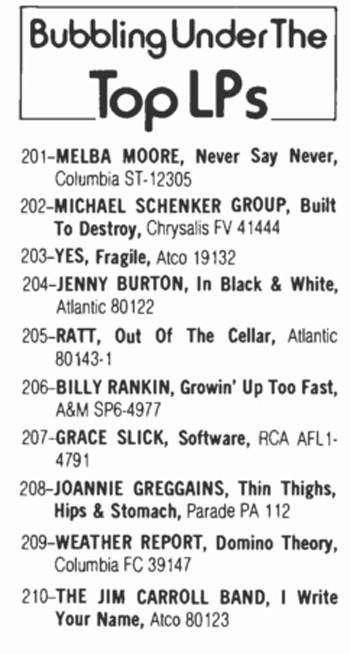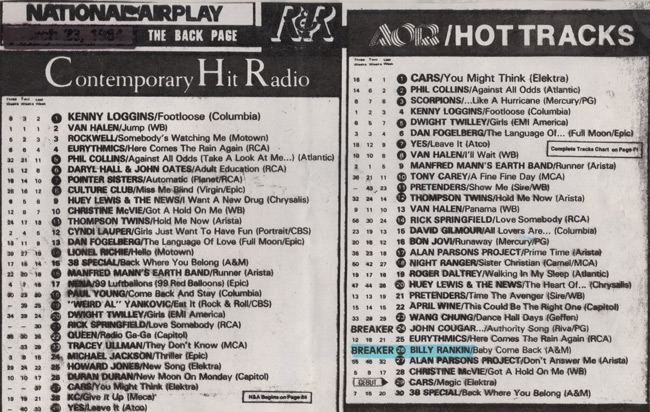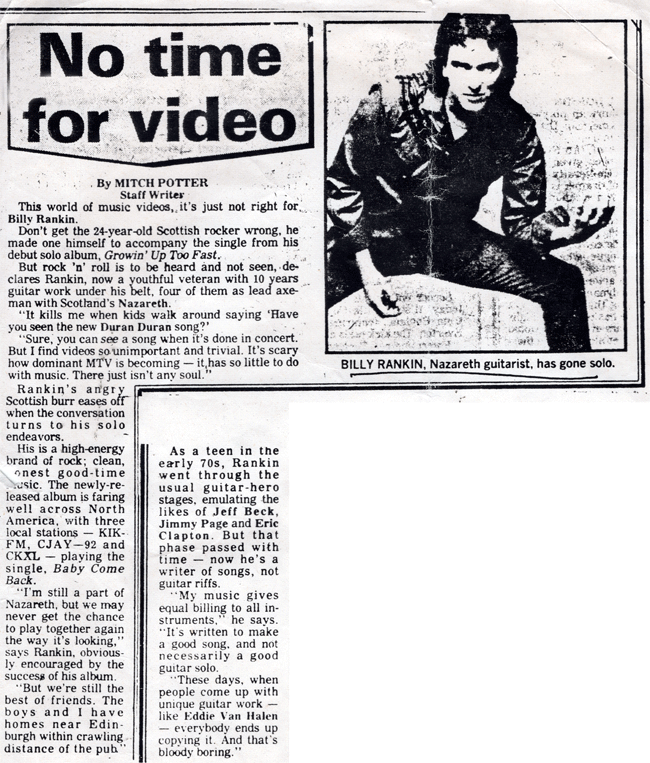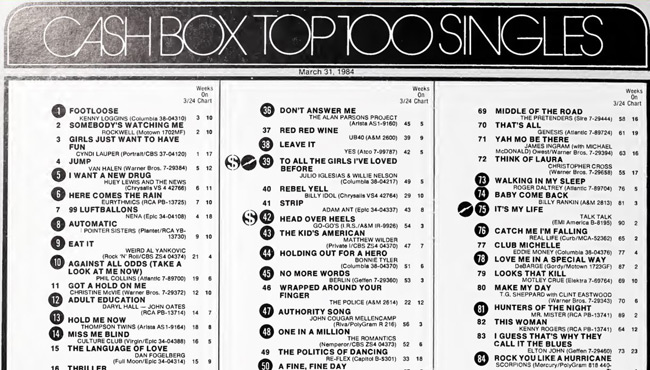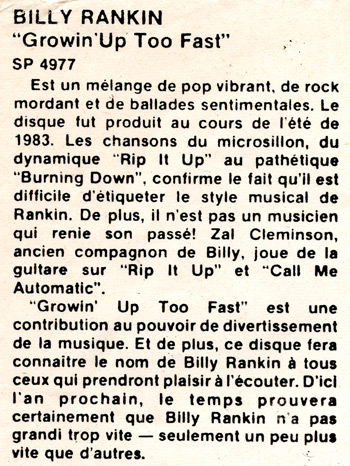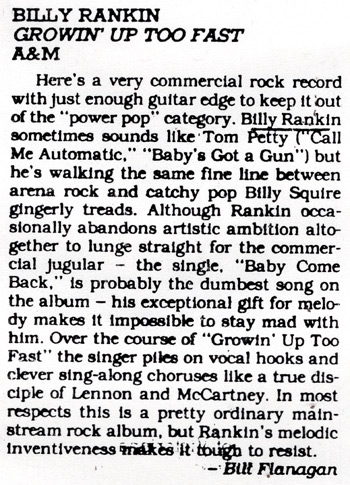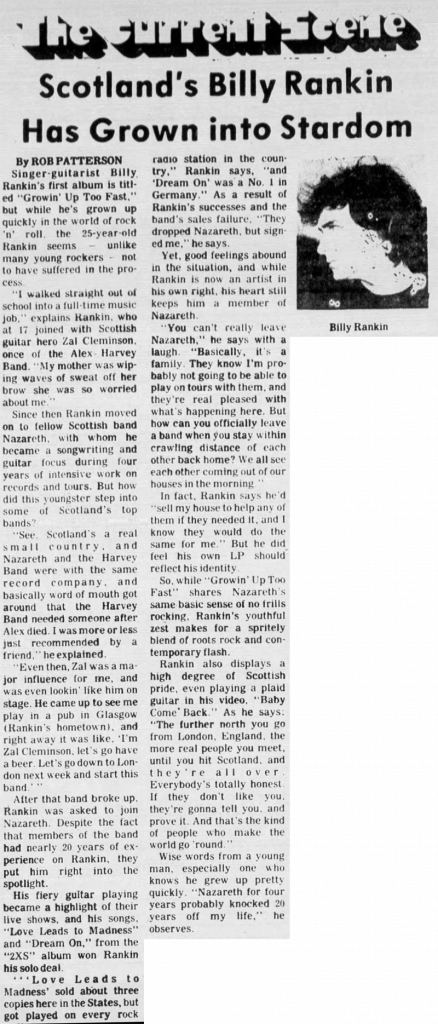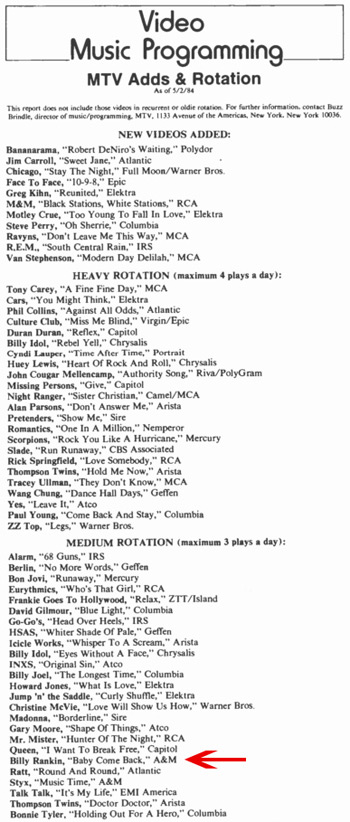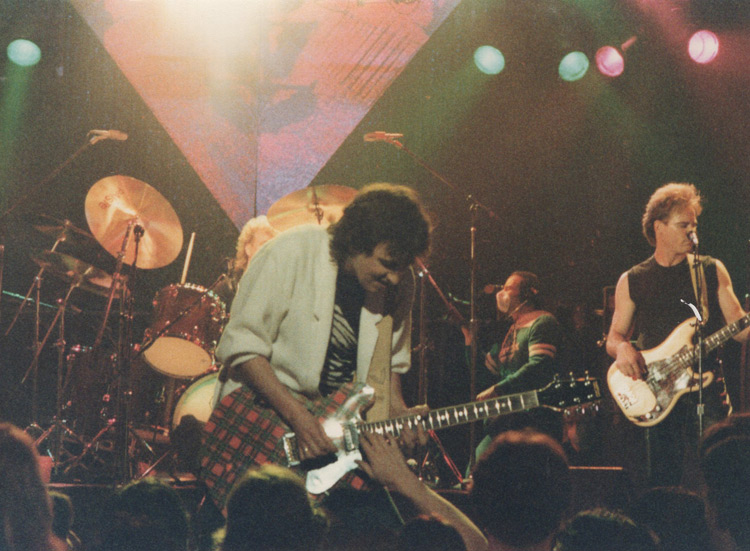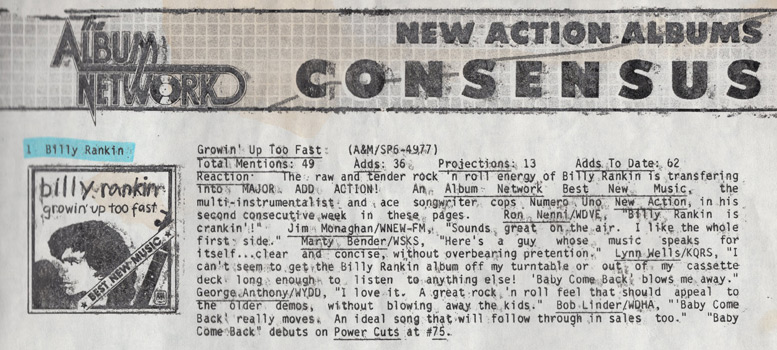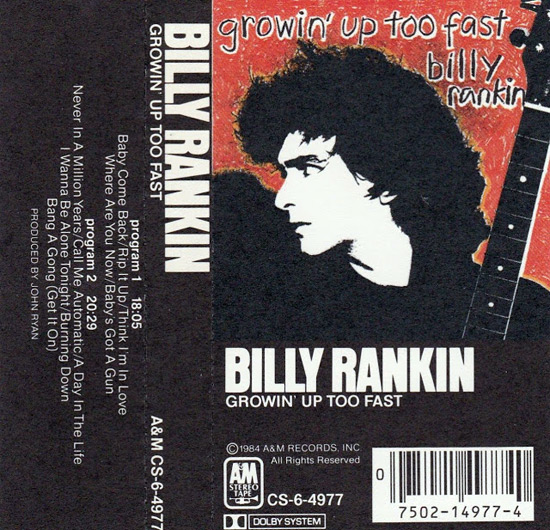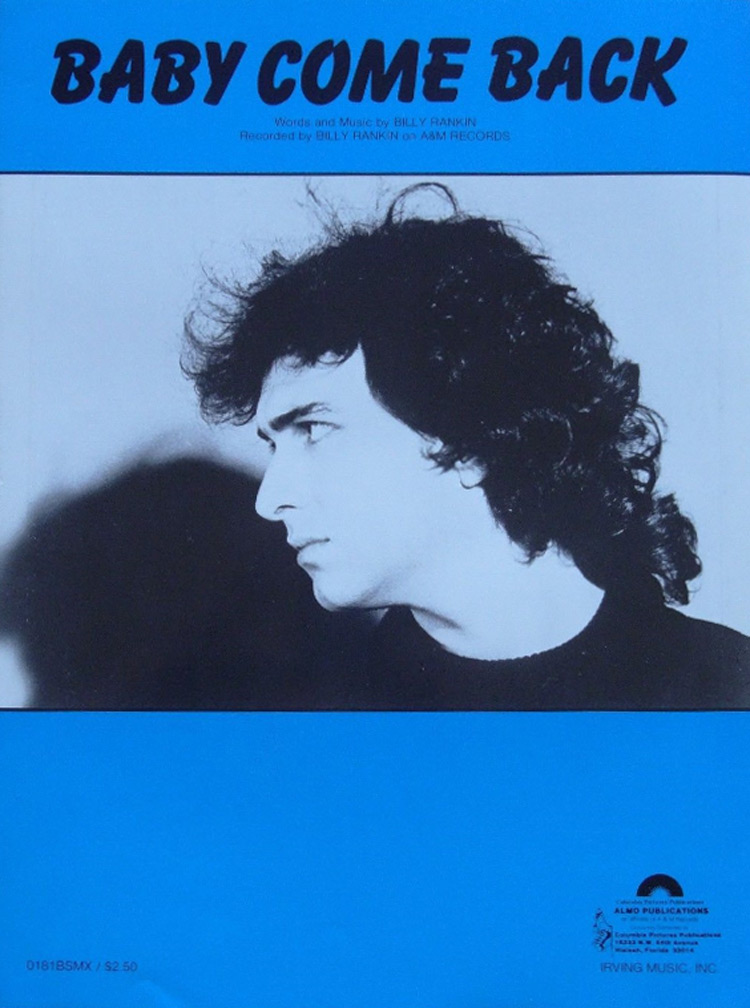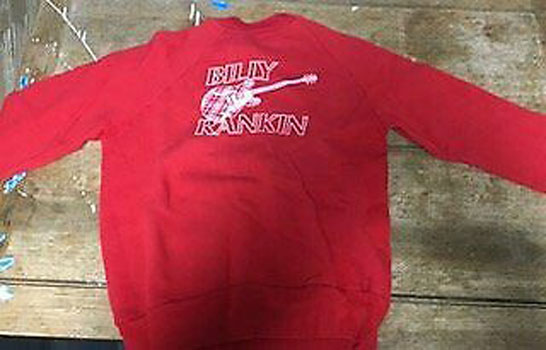Promo shot 1983
“So You Want To Be A Rock ‘n’ Roll Star then listen now to what I say.” (The Byrds, 1967)
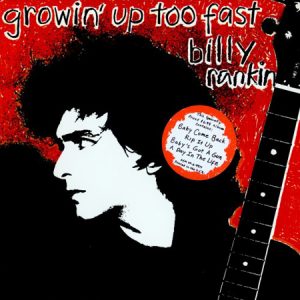 Here’s a question for you all. If you had the wherewithal financially and musically to make your very own solo album, what would it be like? Seriously, step back and think about this for a minute. What would it be like? Now I’m going to stick my neck out here and guess that most of you would go for something akin to what you actually love and listen to, yes?
Here’s a question for you all. If you had the wherewithal financially and musically to make your very own solo album, what would it be like? Seriously, step back and think about this for a minute. What would it be like? Now I’m going to stick my neck out here and guess that most of you would go for something akin to what you actually love and listen to, yes?
Me too.
If Pete Agnew were ever to make a solo album, I’m sure it would be full of his main influences, from Lowell George to The Band and almost certainly featuring musicians who played on every Stax and Motown record. I’d quite like to sing and play on it if he ever gets round to it. Dan and Manny have both made solo albums, and in Dan’s case, he chose, for the most part, to cover some of his favourite songs backed by Zal, Ted & Hugh from SAHB along with Deep Purple’s Roger Glover on bass. Manny has wandered many a path solo-wise and it’s usually suited his musical taste of the time. Oh, and it’s never featured as good a singer as Dan. Just sayin’. Darrell’s imaginary solo album might’ve been a bit of a MOR/Country release and would’ve had Crystal Gayle as lead singer right up until he met the lady herself when we all got free tickets to her cabaret show on a night off in Texas. Pete and Dan left for the bar after her first number, but Manny & I reluctantly stayed for the duration cos Big D had backstage passes and wanted to introduce himself in person. “Hi, I’m Darrell Sweet from Nazareth.”
“Who? From Where?”
Me and Manny swore not to tell anyone but, by next day, our treachery became apparent when a roadie yelled from the lighting rig, “Hey Darrell. I thought you were from Burntisland!” Due to this faux pas, Don’t It Make My Brown Eyes Blue was never again played on the tour bus, but I digress. Just for the record, my ideal solo album would’ve incorporated Montrose, TYA, Be Bop Deluxe, Little Feat, Taj Mahal, Frankie Miller, Ted Nugent, 10cc, Free and, of course, Cheap Trick.

When a solo deal for me was first discussed with A&M Records in 1982, my bandmates were fully supportive, none more than Uncle Pete himself who exclaimed, and I’m paraphrasing here, “That’s Fuckin’ Awesome. Your songs are Awesome! Your guitar playin’ is Awesome! Your voice is Awesome! This album will be… etc.” Pete’s praise was no doubt based on the mutual admiration we had, probably still have, for each other’s musical abilities and, perhaps even more so, on our musical tastes. A&M Records and, in particular, their US-based A&R guy Jordan Harris, had other ideas and the solo deal on offer depended on me getting on board, as they’d say. His vision/ultimatum went something like this:
No personal influences including (but not limited to) all the artists mentioned in the last paragraph and no use of musicians I respect or I’ve played with (or just want to play with cos it would look good in the credits). It was not to be a Nazareth album with me singing (Oh Puleez!) nor was it to be in any way a Heavy Metal Fest. Just a Pop/Rock Top 40 Billboard Hit Album thanks.
Jordan never actually said any of that to me, but he had a very persuasive way about him which left me in no doubt he believed I could deliver, and in turn, gave me the belief I could deliver this Top 40 Hit Album. A&M’s intention he said was in making me a successful solo artist based on the fact that I could write, play, sing and look good enough for MTV. I obviously concurred. Well, why the Fuck wouldn’t I? “Trust us, Bill. You’re gonna be the next Rick Springfield!”
“Who?” From Where?



